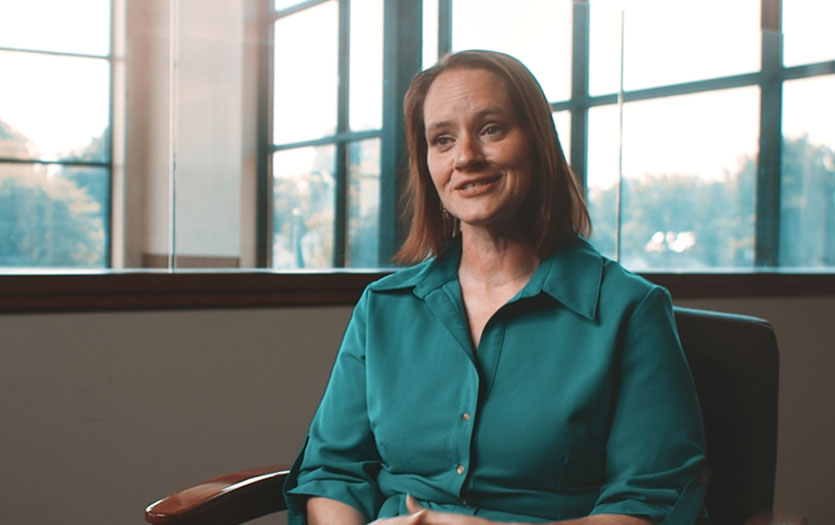I bet you know somebody with Attention Deficit / Hyperactivity Disorder (ADHD). After all, it affects up to 12 percent of school-age children, and the rate of ADHD diagnosis has increased by almost 25 percent over the past decade, according to a recent article in JAMA Pediatrics®1.
The American Academy of Pediatrics (AAP) recently issued new guidelines for the evaluation and treatment of ADHD in kids ages 4 through 182. These guidelines will help healthcare providers in family practice and pediatrics to better identify and treat ADHD.
Diagnosing ADHD
The diagnosis of ADHD is made by obtaining information from the family, the school and the child. Symptoms must have started before age 7 and have persisted for at least six months, and they must impair function in at least two different settings (for example, home and school). There are two main types of ADHD: inattentive and hyperactive-impulsive.
Symptoms of ADHD
A child with the inattentive type of ADHD:
- ?Makes careless mistakes
- Has difficulty sustaining attention
- Seems not to listen
- Fails to finish tasks
- Has difficulty organizing tasks
- Avoids tasks that require sustained attention
- Loses things
- Is easily distracted
- Is forgetful
A child with the hyperactive-impulsive type of ADHD:
- ?Is fidgety
- Has trouble remaining seated
- Is restless or moves excessively
- Has difficulty playing quietly
- Talks excessively
- Acts as if "driven by a motor" or is always "on the go"
- Blurts out answers before questions are completed
- Has trouble taking turns
- Interrupts others
For a solid diagnosis, these symptoms must occur often and, to a degree, out of proportion to typical children of the same age. At least six of the nine symptoms in either category must be present3. Also, it is important to work with your primary care provider to make sure that there is not a co-existing condition — like depression, anxiety, substance abuse, a learning disability or a developmental disorder — which may cause similar symptoms.
Treatment Options
Medication
There are now eight different medications, of various brands and formulations (long-acting, short-acting, pills, capsules, patches) to treat ADHD. Most are stimulants, which help to focus the mind. We typically start with a low dose and adjust upward, based on the child's response to the medication. Stimulants can cause side effects, like decreased appetite or trouble falling asleep. Let your healthcare provider know if there is a family history of heart rhythm problems, sudden death or death at a young age from heart problems; this might affect your provider's recommendation about ADHD medication. If your child does not respond to, or cannot take, a stimulant medication (like Ritalin®, Concerta®, Metadate CD®, Vyvanse®, Focalin XR® or Adderall®), then a non-stimulant medication (like Intuniv®, Strattera® or clonidine) might be helpful. There is some evidence that a child may no longer need the medication after three years, so a break from medication might be helpful at that point.
The decision to start medication is very difficult for many parents. I often see parents struggle with this dilemma. On the one hand, they are so frustrated with their child's behavior and its consequences at home, at school and in peer relationships. But on the other hand, they fear the side effects of medication and the stigma associated with a diagnosis of ADHD. If you have questions about medication for ADHD, click here for a Parents Medication Guide from the American Psychiatric Association and the American Academy of Child and Adolescent Psychiatry.
Behavior therapy
In preschool-age children, behavior therapy should be tried before medication. Therapy with a behavioral health professional can be helpful in older children with ADHD as well. Therapy may even focus on parent training for behavior management – helping parents cope with the child's behaviors, improve behavior and build better family relationships. Many schools have counselors that can serve as resources for parents, students and teachers. Some children qualify for services through the school on the basis of their ADHD. More info on behavioral therapy, including practical tips for parents, is available on the CDC website.
If you have questions about resources available through Parkview Behavioral Health, click here. Finally, you may want to check out CHADD, an organization for children and adults with ADHD.
Although ADHD is common and can cause serious difficulties at home and at school, it is, nonetheless, very treatable. I often see big improvements in grades and self-esteem in my patients and in their family and peer relationships with proper treatment.
I encourage you to call your healthcare provider today if you suspect your child has ADHD!
Please comment about any ADHD treatments or resources you have found helpful.
Sources:
(1) Getahun D, et al "Recent trends in childhood attention-deficit/hyperactivity disorder" JAMA Pediatr 2013.
(2) American Academy of Pediatrics "Implementing the key action statements: An algorithm and explanation for process of care for the evaluation, diagnosis, treatment and monitoring of ADHD in children and adolescents" 2013.
(3) Diagnostic and Statistical Manual of Mental Disorders (DSM-IV) criteria for the diagnosis of ADHD.
JAMA Pediatrics® is a trademark of the American Medical Association.
Ritalin® is a trademark of Novartis Corporation.
Concerta® is a trademark of ALZA Corporation.
Metadate CD® is a trademark of UCB, INC.
Vyvanse®, Adderall® and Intuniv® are trademarks of SHIRE LLC.
Focalin XR® is a trademark of Novartis AG.
Strattera® is a trademark of Eli Lilly and Company.

.jpg)

